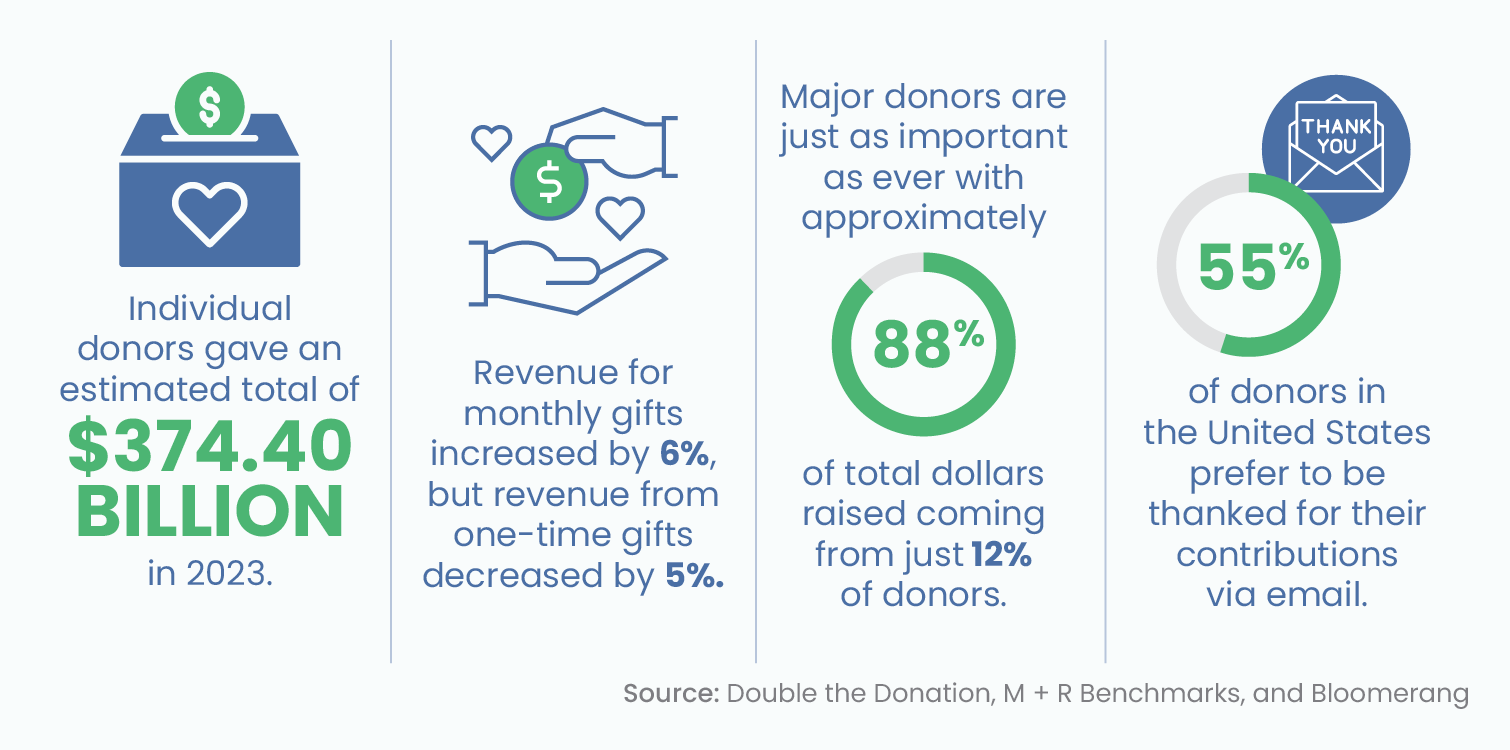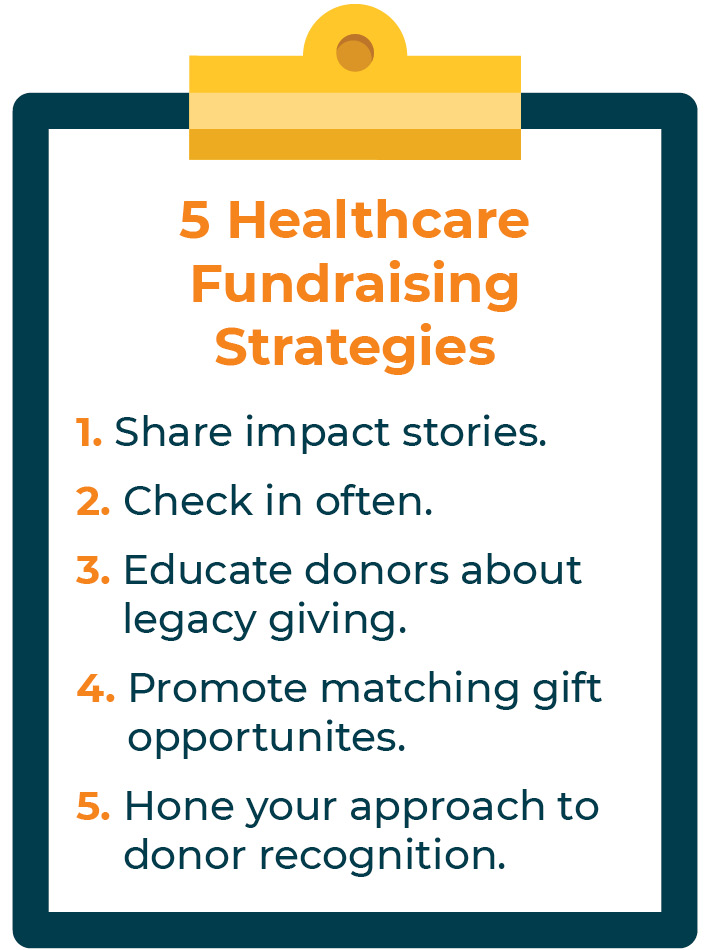Fundraising Consultant: Expert Guidance to Boost Your Nonprofit's Fundraising
Fundraising Consultant: Expert Guidance to Boost Your Nonprofit's Fundraising
Blog Article
The Role of Community Engagement in Nonprofit Fundraising: Building Lasting Relationships for Lasting Assistance
Community involvement is progressively acknowledged as a vital element of successful nonprofit fundraising. By fostering real partnerships with neighborhood stakeholders, companies can cultivate trust fund and loyalty, which are crucial for lasting support. However, the techniques and techniques utilized to engage neighborhoods differ widely, raising essential questions concerning effectiveness and effect. What are the very best methods for cultivating these vital links, and how can nonprofits determine their success in this arena? Comprehending these characteristics might dramatically influence the future of fundraising initiatives and the overall mission of nonprofit organizations.
Understanding Neighborhood Involvement
Community engagement is an important component of successful not-for-profit fundraising efforts. Nonprofits need to determine crucial stakeholders-- such as neighborhood members, local businesses, and various other organizations-- to develop reliable interaction methods.
Effective neighborhood involvement is predicated on active listening and responsiveness to the needs and passions of the area. This process entails obtaining comments, comprehending neighborhood dynamics, and ensuring that the company's goal aligns with neighborhood top priorities. Engaging the area can take numerous types, consisting of public meetings, volunteer opportunities, and partnership initiatives, each designed to encourage participation and investment in the organization's goals.
Furthermore, area involvement ought to be come close to as an ongoing dialogue as opposed to a single initiative. By cultivating an inclusive setting where community voices are listened to and valued, nonprofits can develop a solid foundation for future fundraising ventures. Inevitably, a deep understanding of community interaction equips organizations to create authentic links that enhance their general performance and sustainability.
Benefits of Solid Relationships
Solid relationships formed with neighborhood engagement yield various benefits for not-for-profit fundraising efforts. Primarily, these relationships foster trust and trustworthiness, vital parts in encouraging donors to contribute. When possible fans see a nonprofit actively included in their community, they are most likely to rely on its objective and influence.

In addition, these relationships promote reliable communication. Nonprofits can take advantage of their links to share tales of impact, updates, and needs, making certain that supporters remain educated and engaged. This open line of interaction not only strengthens bonds yet likewise urges word-of-mouth promo, expanding the not-for-profit's reach.
Finally, strong community ties can bring in new companions and enrollers. People and organizations are a lot more inclined to align with organizations that show significant area involvement, supplying added sources and assistance that can considerably boost fundraising capabilities. Thus, cultivating robust connections through neighborhood interaction is indispensable to a not-for-profit's long-term fundraising success.
Methods for Effective Interaction
How can nonprofits successfully engage their areas to improve fundraising initiatives? Regular updates, engaging web content, and calls-to-action can galvanize neighborhood passion and participation.
Second, organizing community events, such as workshops, volunteer possibilities, or fundraising drives, promotes face-to-face communication, permitting nonprofits to display their effect and efforts. These occasions not only raise funds but likewise cultivate relationships and enable community participants to involve directly with the cause.
Third, executing individualized interaction techniques can boost engagement. Customizing messages to certain benefactor sections based upon rate of interests and past contributions fosters a sense of belonging and investment in the organization's goal.
Finally, developing collaborations with regional services and community leaders can magnify outreach efforts. Collective initiatives can enhance visibility and credibility, showing a collective commitment to the area's wellness. By incorporating these strategies, nonprofits can develop lasting relationships that enhance fundraising initiatives and drive lasting support.
Determining Involvement Success
While engaging the community is important for successful nonprofit fundraising, determining the performance of these involvement efforts is equally vital. Developing clear metrics enables organizations to examine just how well they are getting in touch with their target market and accomplishing their fundraising objectives. Key performance indications (KPIs) such as benefactor retention rates, volunteer involvement levels, and involvement on social media sites systems offer tangible information for assessment.

Regularly evaluating these metrics makes it possible for companies to pivot their approaches when necessary, making sure that area engagement remains lined up with their overall mission. Moreover, sharing these outcomes with stakeholders fosters transparency and builds depend on, motivating further community participation. Inevitably, a robust dimension structure not just informs future fundraising initiatives however also enhances the partnership between the not-for-profit and its supporters, laying the groundwork for lasting success.
Study in Community Impact
Numerous case researches show the extensive impact that area involvement can have on nonprofit fundraising success. One notable example is the "Something to chew on" effort, where a neighborhood food bank partnered with colleges and organizations to host community suppers. These events not only elevated funds however also promoted a sense of belonging amongst participants, significantly boosting contributor retention prices.
Another compelling instance is the "Environment-friendly Spaces Task," which entailed neighborhood residents in the revitalization of city parks. This campaign not just garnered financial backing from local companies but likewise cultivated a volunteer base that contributed to recurring upkeep and programs. The feeling of ownership and satisfaction amongst community members translated right into continual contributions.
In the world of arts, the "Art for All" project effectively engaged local artists and customers to produce collective art setups, causing boosted visibility and contributions for a local arts nonprofit.
These examples highlight that when nonprofits focus on neighborhood participation, they can create my website enduring partnerships that enhance fundraising initiatives, guaranteeing sustainable support and cultivating a lively area society. Such instances show that neighborhood engagement is not simply a technique but a necessary pillar of nonprofit success.
Final Thought
In verdict, community involvement is essential to the success of not-for-profit fundraising initiatives. By cultivating solid partnerships with regional stakeholders, companies improve count on and reputation, resulting in boosted contributor retention and loyalty. Executing efficient engagement techniques and measuring their influence makes certain that nonprofits can adapt and grow. Eventually, a robust foundation of community support not only enhances fundraising prospective yet likewise cultivates a society of collaboration, important for achieving lasting business goals and sustaining significant influence.
Nonprofits need to identify crucial stakeholders-- such as area participants, regional find here organizations, and other organizations-- to create reliable engagement techniques.

In conclusion, area interaction is essential to the success of anonymous nonprofit fundraising initiatives.
Report this page